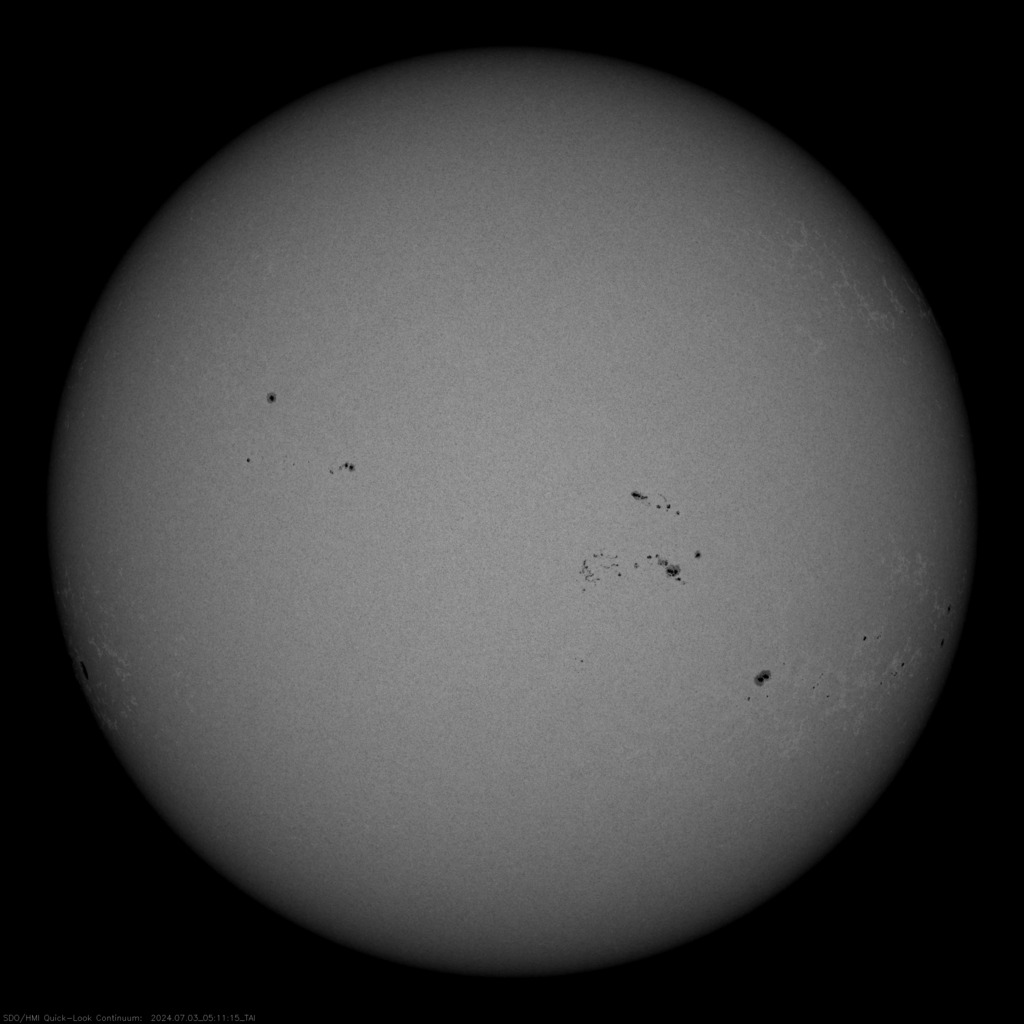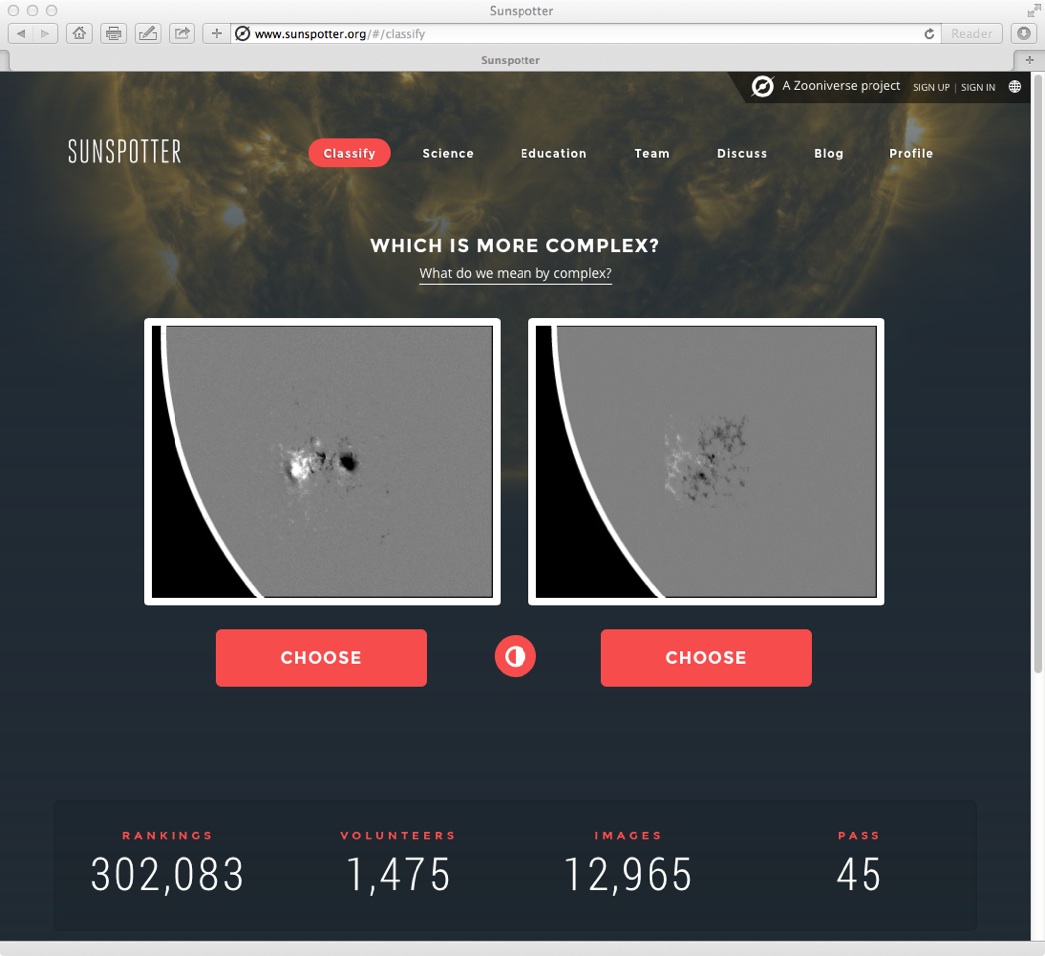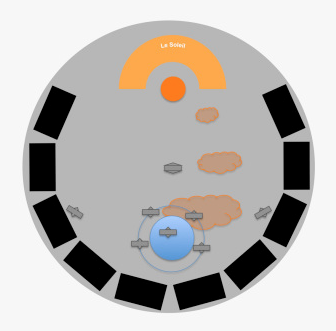Sometimes, the situation is just right for engaging in outreach activities while, at other times, it is almost impossible to do so.
After the transit of Mercury event I asked FLARECAST members how they had organized their activities. This post is meant to be a starting point for sharing experiences and discussing strategies.
Obviously, it takes more than a single person’s wish to do outreach. It is difficult without an institutional network and infrastructure in place supporting the organisation, communication and implementation of a public event.
The situation at FLARECAST members’ institutions
Those who did activities could draw on institutional traditions valuing this type of event: the observation of a natural phenomenon, in this case. The following points apply to all of them:
- The transit of Mercury wasn’t their first event.
- The communication channels for setting up a planning, communication and implemention team were in working condition.
- A space accessible to both the public and the scientists was within reach.
- The resources (telescopes, computers, information pannels, tents in some cases, knowledge) were available, including, somehow, the time.
- A communication office/person supported the event.
These conditions in place, a lot depends on individual scientists’ initiative to get the ball rolling. Both in Meudon and Orsay planetary scientists (BepiColombo) did the first kick. The event resulted in a cooperation between scientists of various areas of research.
Such a coorporation allows to offer a variety of activities. In Meudon and Orsay, they included:
- observation
- online live transmission
- professional images
- hands-on activities / demonstrations
- guided tours
- talks
- background information: web site/posters
- social media communication
This allowed to address diverse target groups
- the general public
- schools
- amateur astronomers
- the media
- other scientists
What if you don’t have these conditions?
First of all – relax. Don’t worry about not being able to do all this.
Next – try to find an occasion to participate in other organisations’ events where all organisational and communication tasks are taken care of: science fairs, science centers or museums, amateur astronomer clubs.
Find other people in your institution interested in outreach so when one person is not available another one can jump in.
Start building a collection of materials and/or telescopes ready to use once an occasion turns up. At FHNW, we started with my own and Marco’s telescopes and other private material. It took me several years until my institute agreed to buy a telescope.
What if your institution’s main focus isn’t space sciences or heliophysics?
This is the case for us at FHNW – we are an ICT institute. However, our space science projects are great opportunities for attracting public interest in science and technology in general. This is the argument I bring foreward, and sometimes it works 🙂
—
Thank you Etienne and Eric for the information based on which this post has been written. Please let me know if the picture I drew doesn’t correspond to reality or if I missed any important points.
Any comments are more than welcome, including those of people whose conditions are less favourable.
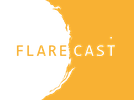
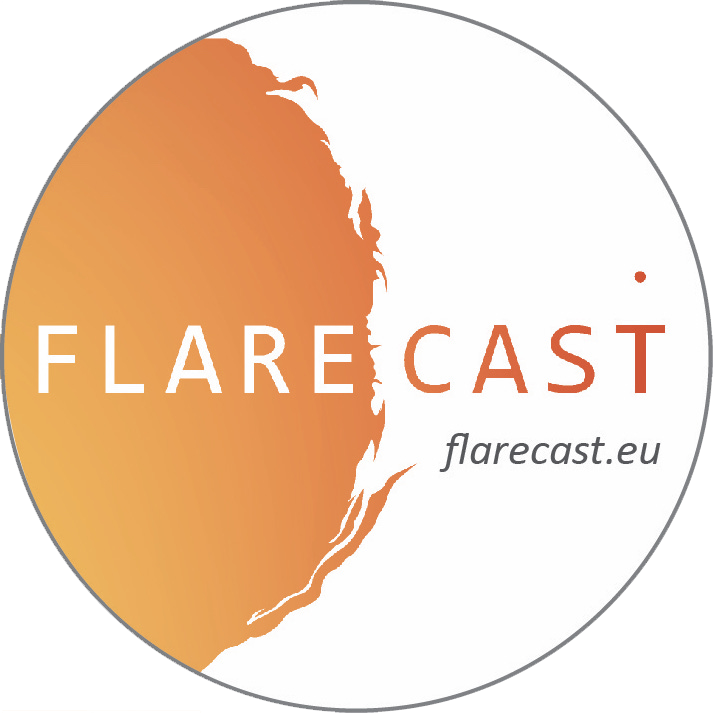 FLARECAST outreach on SlideShare
FLARECAST outreach on SlideShare